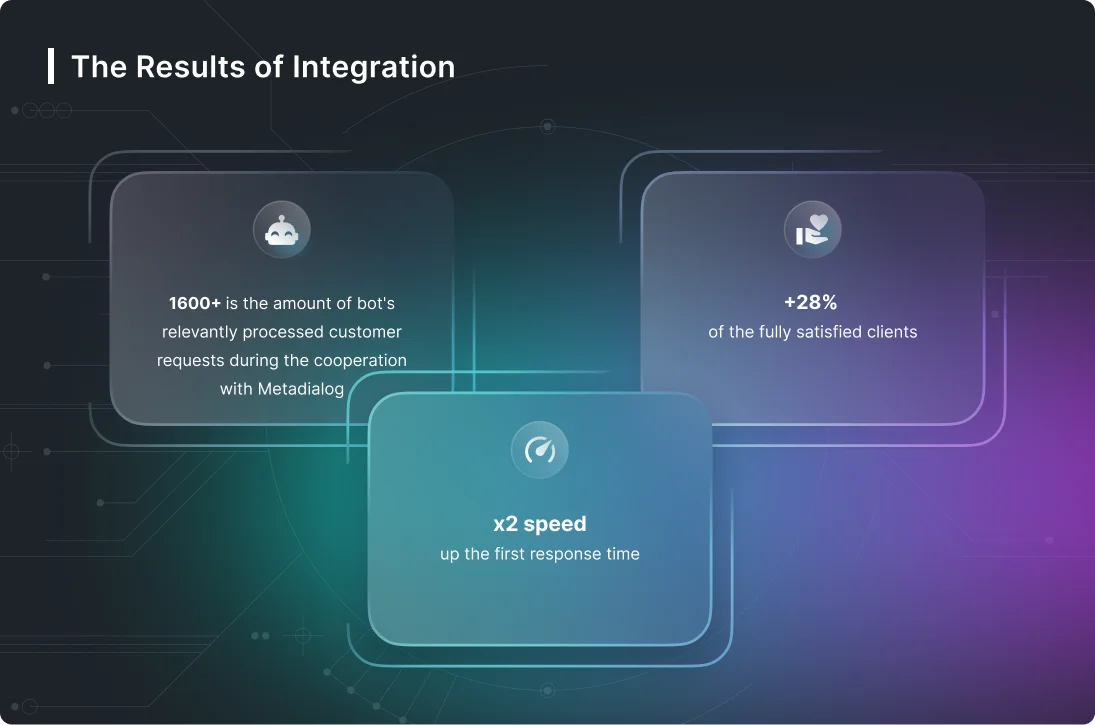What Is Cognitive Automation: Examples And 10 Best Benefits Brown Plastic Surgery
Intelligent automation streamlines processes that were otherwise comprised of manual tasks or based on legacy systems, which can be resource-intensive, costly, and prone to human error. The applications of IA span across industries, providing efficiencies in different areas of the business. Accounting departments can also benefit from the use of cognitive automation, said Kapil Kalokhe, senior director of business advisory services at Saggezza, a global IT consultancy. For example, accounts payable teams can automate the invoicing process by programming the software bot to receive invoice information — from an email or PDF file, for example — and enter it into the company’s accounting system. In this example, the software bot mimics the human role of opening the email, extracting the information from the invoice and copying the information into the company’s accounting system. The primary job of business process automation is to identify and eradicate inefficiencies by reassigning tasks that are time-intensive or prone to human error to AI automation.
In case of failures in any section, the cognitive automation solution checks and resolves the issue. Else it takes it to the attention of a human immediately for timely resolution. Cognitive automation solutions can help organizations monitor these batch operations.
What are the challenges of cognitive automation?
He expects cognitive automation to be a requirement for virtual assistants to be proactive and effective in interactions where conversation and content intersect. Another benefit of cognitive automation lies in handling unstructured data more efficiently compared to traditional RPA, which works best with structured data sources. Cognitive automation promises to enhance other forms of automation tooling, including RPA and low-code platforms, by infusing AI into business processes.
- «Cognitive automation can be the differentiator and value-add CIOs need to meet and even exceed heightened expectations in today’s enterprise environment,» said Ali Siddiqui, chief product officer at BMC.
- Probably the most essential elements of a enterprise is the shopper expertise.
- Middle management can also support these transitions in a way that mitigates anxiety to ensure that employees remain resilient through these periods of change.
- The cognitive solution can tackle it independently if it’s a software problem.
- Thus, based on a Systematic Literature Review, we describe the fundamentals of cognitive automation and provide an integrated conceptualization.
Deploying cognitive tools via bots can be faster, easier, and cheaper than building dedicated platforms. By “plugging” cognitive tools into RPA, enterprises can leverage cognitive technologies without IT infrastructure investments or large-scale process re-engineering. Therefore, businesses that have deployed RPA may be more likely to find valuable applications for cognitive technologies than those that have not. The foundation of cognitive automation is software that adds intelligence to information-intensive processes.
Enterprise challenges and cognitive automation benefits
While cognitive automation offers a greater potential to scale automation throughout the enterprise, RPA provides the basic foundation for automation as a whole. Given its potential, companies are starting to embrace this new technology in their processes. According to a 2019 global business survey by Statista, around 39 percent of respondents confirmed that they have already integrated cognitive automation at a functional level in their businesses.
The growing RPA market is likely to increase the pace at which cognitive automation takes hold, as enterprises expand their robotics activity from RPA to complementary cognitive technologies. By using AI algorithms to analyze data and make decisions, intelligent automation systems can learn and adapt to changing circumstances, resulting in more accurate and efficient processes. Compared to other types of artificial intelligence, cognitive automation has a number of advantages. Cognitive automation solutions are pre-trained to automate specific business processes and require less data before they can make an impact.
Cognitive automation has proven to be effective in addressing those key challenges by supporting companies in optimizing their day-to-day activities as well as their entire business. Learn more about Zendesk AI for customer service to take customer care to the next level and exceed customer expectations. For example, chatbots can provide conversational support for most minor issues and many customers like using them because of the added layer of convenience. They automate workflows and processes, and enhance existing functionalities. The concept alone is good to know but as in many cases, the proof is in the pudding. The next step is, therefore, to determine the ideal cognitive automation approach and thoroughly evaluate the chosen solution.

Guide duties might be greater than onerous within the telecom trade, the place the consumer base numbers thousands and thousands. A cognitive automated system can instantly entry the shopper’s queries and provide a decision based mostly on the shopper’s inputs. A brand new connection, a connection renewal, a change of plans, technical difficulties, and so on., are all examples of queries. The cognitive automation answer seems to be for errors and fixes them if any portion fails.
Cognitive RPA solutions by RPA companies
RPA is typically programmed upfront but can break when the applications it works with change. Cognitive automation requires more in-depth training and may need updating as the characteristics of the data set evolve. But at the end of the day, both are considered complementary rather than competitive approaches to addressing different aspects of automation.

Splunk’s dashboards enable businesses to keep tabs on the condition of their equipment and keep an eye on distant warehouses. Another important use case is attended automation bots that have the intelligence to guide agents in real time. These automations benefit existing agents but are also useful to new hires, who may be slower to resolve tickets as they learn details about your business, its offerings, and performance expectations. All of these create chaos through inventory mismatches, ongoing product research and development, market entry, changing customer buying patterns, and more. This occurs in hyper-competitive industry sectors that are being constantly upset by startups and entrepreneurs who are more adaptable (or simply lucky) in how they meet ongoing consumer demand. Leverage public records, handwritten customer input and scanned documents to perform required KYC checks.
Banking – Processing trade finance transactions
BPM is a discipline that relies on various software and processes to manage a business’s operations, including modeling, analysis, optimization, and automation. Technological and digital advancement are the primary drivers in the modern enterprise, which must confront the hurdles of ever-increasing scale, complexity, and pace in practically every industry. Make automated decisions about claims based on policy and claim data and notify payment systems.

Read more about https://www.metadialog.com/ here.

